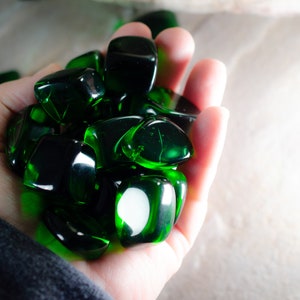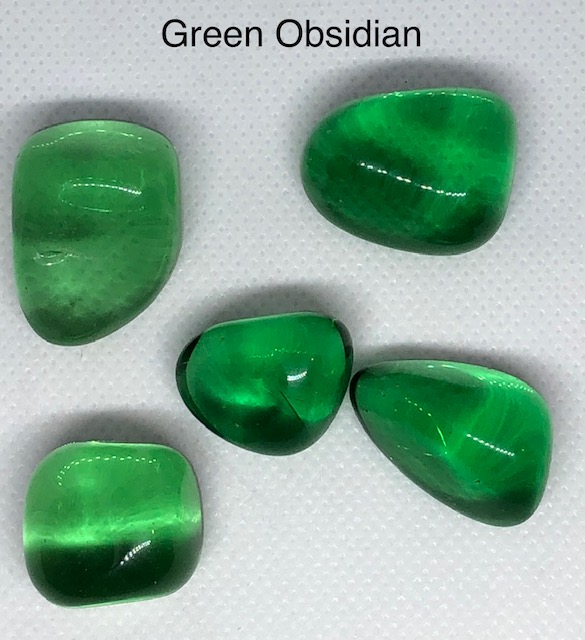

Price is the third thing you want to pay attention to, but this is not a fail-safe way to detect fakes. The likelihood of one merchant sitting on hundreds of thousands of dollars of natural, large Moldavite specimens and just casually selling them on eBay is pretty slim. Massive chunks of fist-sized Moldavite? Probably contact your bank manager. Large pieces of Moldavite over 100 grams are so rare, and they command prices in the thousands. If you stumble across someone selling Moldavite and they only have huge pieces for sale, be wary. No two pieces of real Moldavite are ever precisely the same, so a merchant with thirty pieces of Moldavite identical in shape and size is very suspect indeed.Īnother thing you want to look at is the size of the pieces. You will have to look closely to see the repeating patterns of ridges through the glass, but you will see it. If Moldavite is natural glass and the fakes are also glass, how can you tell the difference? One tell-tale sign is if a merchant sells many pieces of Moldavite that are all precisely the same size and texture. They then cook themselves up some olive green coloured glass, pour it into the mould, Moldavite is born. Some people have gone to great lengths to make moulds that replicate the texture and irregular shape of an actual piece of Moldavite. So what happens when an unscrupulous person wants to get in on the Moldavite action? They make their own, of course. Larger pieces can command some eye-watering prices. Moldavite is usually only found in small pieces, some of which are suitable to be faceted and used in jewellery. It is named after the area near the Moldau River in Czechoslovakia, where it is found exclusively.

The impact and heat from the meteorite caused the metamorphosis of the surrounding rock and turned it into this quirky-looking, olive green, textured glass.

Moldavite is a rare, natural glass formed when a giant meteorite crashed many millions of years ago. This popularity spike has created a perfect breeding ground for all dodgy dealers out there to peddle their olive green rubbish and charge the unsuspecting public a pretty penny for said rubbish.įirstly, what is Moldavite? Well, it happens to be pretty damn cool if you ask me. Moldavite seems to be celebrating a sharp rise in notoriety at the moment. Read on to learn some of our tips and tricks used to spot fake Moldavite. Or perhaps they knew it was a fake all along and are just generally deplorable human beings. Maybe they got ripped off by their supplier, who got ripped off by theirs, and so on. Yes, sometimes the stone merchant makes a mistake. Look, I will play devil's advocate for a minute. There simply isn't anything that grinds our gears more than when we meet someone who has paid out their hard-earned money for a "rare" or "special" stone, and it turns out to be faker than an op-shop Rolex.


 0 kommentar(er)
0 kommentar(er)
